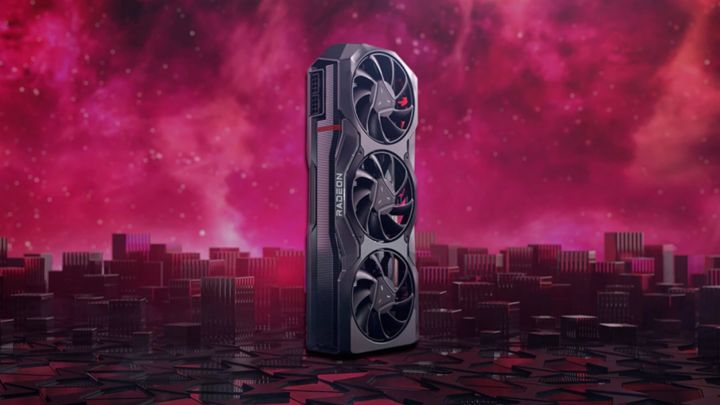AMD’s launch event for its new Radeon RX 7000 series cards took place on November 3 as expected. This had plenty of technology enthusiasts and gamers on their heels, eager to find out what the technology company headed by Lisa Su would bring to the table this fall.
In the end, AMD announced two new graphics cards: the Radeon RX 7900 XTX, and the Radeon RX 7900 XT. The former is priced at $999 US dollars, while the latter will be available at $899 US. Both will launch on December 13 this year.
AMD revealed plenty of information about their upcoming cards at their launch event, but performance comparisons with Nvidia cards were conspicuously absent… In particular, some people were expecting AMD to compare its flagship Radeon RX 7900 XTX to Nvidia’s recently released GeForce RTX 4090.
However, in a recent interview with PC World (via Wccftech), AMD’s gaming chief Frank Azor explained why AMD refused to pit its flagship vs Nvidia’s Ada Lovelace top-end. Basically, it all boils down to the fact that AMD doesn’t see the RX 7900 XTX as a GeForce RTX 4090 competitor. Rather, this card is meant to compete with Nvidia’s upcoming GeForce RTX 4080.
“[the Radeon RX 7900 XTX] is designed to go against 4080 and we don’t have benchmarks numbers on 4080. That’s the primary reason why you didnt see any NVIDIA compares. […] $999 card is not a 4090 competitor, which costs 60% more, this is a 4080 competitor”, said Azor in the interview.
And looking at both cards specs, the Radeon RX 7900 XTX does look like a better proposition than the RTX 4090, at least on paper. This is because while the AMD card may boast slower GDDR6 memory, it comes with more of it than its rival (24 GB vs 16 GB), plus it also features a wider (384 bit) memory bus than Nvidia’s card (256 bit).
All in all, the Radeon RX offers a memory bandwidth 960 GB/s vs the 736 GB/s memory bandwidth offered by the GeForce RTX 4080, even though the 4080 is fitted out with faster (GDDR6X) memory.
How all this translates to benchmark performance and actual game performance remains to be seen, though, but the Radeon card also has more computing horsepower (61 teraflops vs 49 teraflops of single precision performance) than its rival according to published specs.
There’s also the all-important factor of price – the Radeon RX 7900 XTX is priced at $999 US dollars vs the $1199 US dollar price of the GeForce RTX 4080.
Actually, Nvidia has no new next-gen graphics cards to compete in the sub $1,000 price bracket with AMD after it cancelled the RTX 4080 12 GB card, which would have suffered in comparison to AMD’s recently announced Radeon cards as Wccftech points out.
Nonetheless, Nvidia is expected to hit back early next year – it is rumored to announce the GeForce RTX 4070 Ti (a rebadged and hopefully lower-priced RTX 4080 12 GB) and maybe also the RTX 4070 and RTX 4060, putting it back in contention in the next-gen graphics card war with AMD.
Of course, Nvidia also has its current-gen, RTX 30 cards available in the market, which should hold the line until next year. AMD’s Radeon RX 7900 XTX (and its sibling the RX 7900 XT) are likely to offer some very stiff competition when they arrive on December 13 all things considered, though.
Radeon RX 7900 XTX (Advanced Micro Devices)

